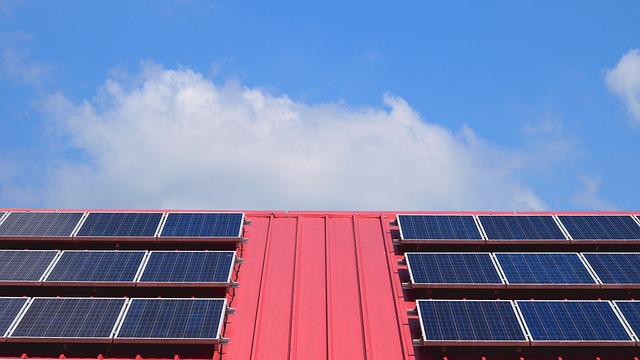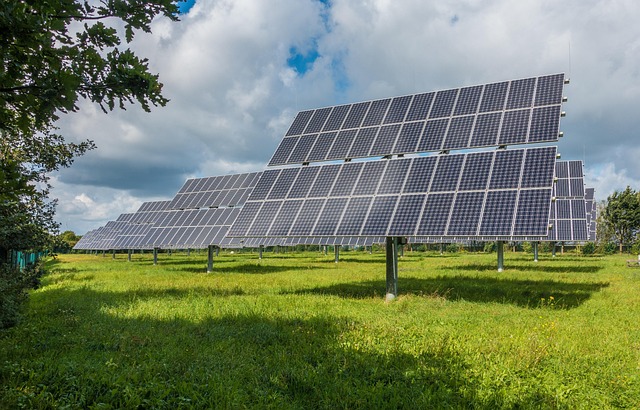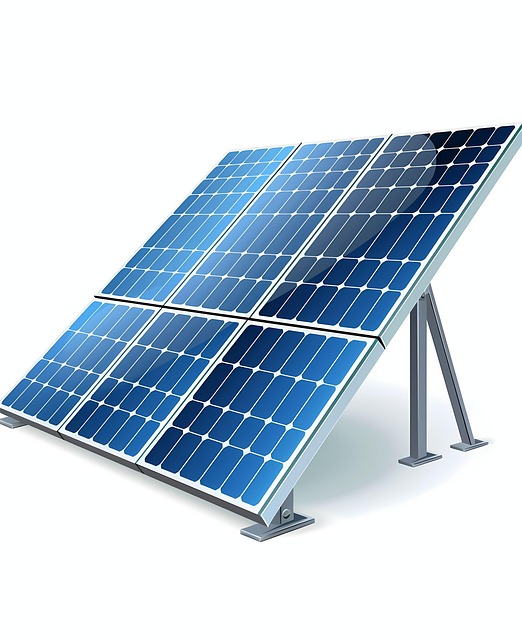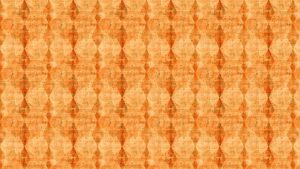Explore Mono-crystalline, Poly-crystalline, Thin-Film & Perovskite Solar Panels for Your Home
Solar panel installer have diverse options to offer clients seeking green energy solutions. Mono-crystalline panels provide high efficiency, durability, and a proven track record, while poly-crystalline panels are cost-effective for residential…….

Solar panel installer have diverse options to offer clients seeking green energy solutions. Mono-crystalline panels provide high efficiency, durability, and a proven track record, while poly-crystalline panels are cost-effective for residential use. Thin-film panels offer flexibility and space efficiency, ideal for challenging installations, and perovskite solar cells promise superior efficiency and lightweight design. Homeowners should consult with a reputable solar panel installer to determine the best option based on their needs and budget.
Thinking about going solar? Understanding the different types of solar panels is a crucial first step. From reliable workhorses like mono-crystalline panels, to popular choices like poly-crystalline models, there’s an option for every need and budget. Thin-film panels offer flexibility, while perovskite cells represent the cutting edge. As you explore, consider your space, energy needs, and future goals with help from a seasoned solar panel installer. Discover which type aligns best with your sustainable living aspirations.
- Mono-crystalline Solar Panels: The Traditional Workhorse
- Poly-crystalline Solar Panels: A Popular Choice for Homes
- Thin-Film Solar Panels: Flexible and Efficient
- Perovskite Solar Cells: The Future of Solar Technology
Mono-crystalline Solar Panels: The Traditional Workhorse

Mono-crystalline solar panels, often referred to as the traditional workhorse in the industry, have been around for decades and remain a popular choice among both residential and commercial solar panel installer. These panels are made from a single, pure crystal silicon wafer, which gives them a sleek, uniform black appearance. They’re renowned for their high efficiency, typically converting more than 19% of sunlight into electricity, making them one of the most powerful options on the market.
Their durability is another significant advantage, with robust construction designed to withstand varying weather conditions. This longevity not only translates to a lower risk of premature failure but also offers peace of mind for homeowners and business owners alike. The reliable performance and proven track record of mono-crystalline panels make them a go-to choice for solar panel installer looking to provide efficient, long-lasting solutions.
Poly-crystalline Solar Panels: A Popular Choice for Homes

Poly-crystalline solar panels, also known as multi-crystalline panels, are a popular choice for homeowners looking to go green. These panels are crafted from multiple silicon crystals, each capturing sunlight and converting it into electricity. They offer an efficient and cost-effective solution for residential applications, making them a top pick among solar panel installer professionals.
With their sleek black appearance and high performance, poly-crystalline solar panels are designed to withstand various weather conditions. Many homeowners appreciate their aesthetics and the fact that they can be installed on rooftops of different shapes and sizes. When considering solar energy for your home, discussing these options with a reputable solar panel installer will help you make an informed decision based on your unique needs and budget.
Thin-Film Solar Panels: Flexible and Efficient

Thin-film solar panels represent a significant advancement in the field, offering both flexibility and efficiency to homeowners and commercial properties alike. Unlike traditional silicon-based panels, these innovative designs utilize thin layers of materials like copper, indium, gallium, and selenium (CIGS) or amorphous silicon to absorb sunlight. This technology allows for more lightweight and flexible solar solutions, making them ideal for installations where space is limited or unconventional shapes are required.
For instance, a solar panel installer might recommend thin-film panels for rooftops with complex angles, historical buildings that require discreet mounting options, or even portable applications like camping equipment. Their efficiency, though sometimes slightly lower than crystalline silicon panels, continues to improve due to ongoing research and development. This makes them an increasingly viable option for those looking to integrate solar power into their energy mix, thanks to the expertise of a professional solar panel installer.
Perovskite Solar Cells: The Future of Solar Technology

Perovskite solar cells represent a groundbreaking advancement in solar technology, offering immense potential to revolutionize the way we harness clean energy. These innovative cells are named after their primary component, perovskite, a mineral with a unique crystal structure that has shown remarkable efficiency in absorbing sunlight and converting it into electricity. Developed relatively recently, perovskite solar cells have quickly gained attention from both researchers and solar panel installers due to their superior performance and cost-effectiveness.
Compared to traditional silicon-based solar panels, perovskite cells exhibit higher power conversion efficiencies, making them a compelling option for solar panel installers looking to maximize energy production. Their flexible and lightweight nature also opens up new possibilities for integration into various applications, from rooftop installations to portable devices. As research progresses, solar panel installers can expect perovskite technology to play a significant role in the future of renewable energy, potentially leading to more efficient, accessible, and sustainable power solutions.
When considering solar power, a knowledgeable solar panel installer can guide you through the various options available. Whether prioritizing efficiency, affordability, or flexibility, mono-crystalline, poly-crystalline, thin-film, and perovskite panels each offer unique benefits tailored to different needs. By exploring these diverse types, homeowners can make an informed decision that aligns with their sustainability goals and budget.




